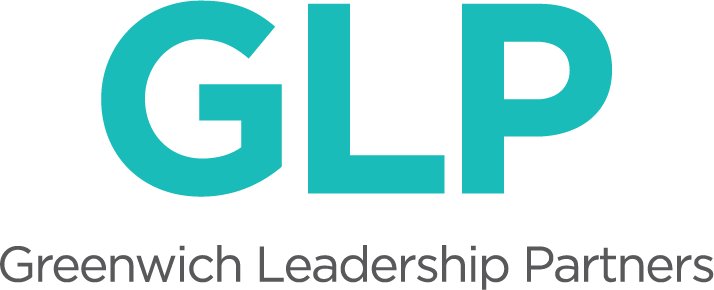I recently stumbled across a post by Maria Popova, “How Children Learn: Portraits of Classrooms Around the World”, showcasing photographer Julian Germain’s documentation of classrooms all over the world between 2004-2012. The photographs capture the unique culture of the students and region, from their clothes/uniforms, decorations, types of desks or tables, etc. But for all of the differences, what stands out the most is that the classrooms all look practically the same.Why do all of these classrooms look the same? Photos clockwise from the top left: Bahrain, Nigeria, Brazil, Holland, by Julian Germain.
The discussion about what schools and classrooms look like is not a new one. The American education system has looked the same since the Industrial Revolution, but after seeing a photograph of the classroom in St. Louis compared to classrooms in Russia or Qatar, it’s clear that this is not just an issue for the United States. How can it be that with the variety of students and learners, methods for teaching, and cultural differences, that this one model - desks or tables in a room facing the teacher - is all we see?
This fall Coursera offered a course on blended learning that featured Michael Horn, co-founder of the Clayton Christensen Institute, and Brian Greenberg, CEO of Silicon Schools Fund. The course presented different models of blended learning, elements of an ideal student learning environment, and critical examinations of the role of teachers and students. One clear argument offered is that how we look at space, student groupings, and the role of the teacher must change in order to optimize student learning.
In terms of space, that may mean creating more flexible areas for small group instruction, personalized lab work, or larger assemblies to focus on school culture. For student groupings, we need to free up the constraints of having students placed with other children their age (as Ken Robinson famously stated, “Students are educated in batches, according to age, as if the most important thing they have in common is their date of manufacture”) and look to grouping children in ways that deepen learning and encourage their interests. And for the teachers, schools need to consider new and multiple roles, such as mentor, guide, or expert, where they are free to work with small groups, individuals, and other teachers to improve their practice. Brian Greenberg spoke to the importance of collaboration for teachers: “If we rethink this idea of a box with one teacher and twenty-five kids, we actually may be unleashing some really interesting creative potential of our teachers.”
These are changes that many people are already thinking about - and implementing! - across the world. The project we’re working on with Greenwich High School will hopefully be a fascinating example of how to break the classroom mold. All kinds of schools are struggling with how to adapt to new models of learning and our increasingly changing world without losing their fundamental values.
Here’s to hoping that we continue to innovate and change and that a future compilation of global classroom photos will reveal an incredible amount of variety and inspiration for education!

